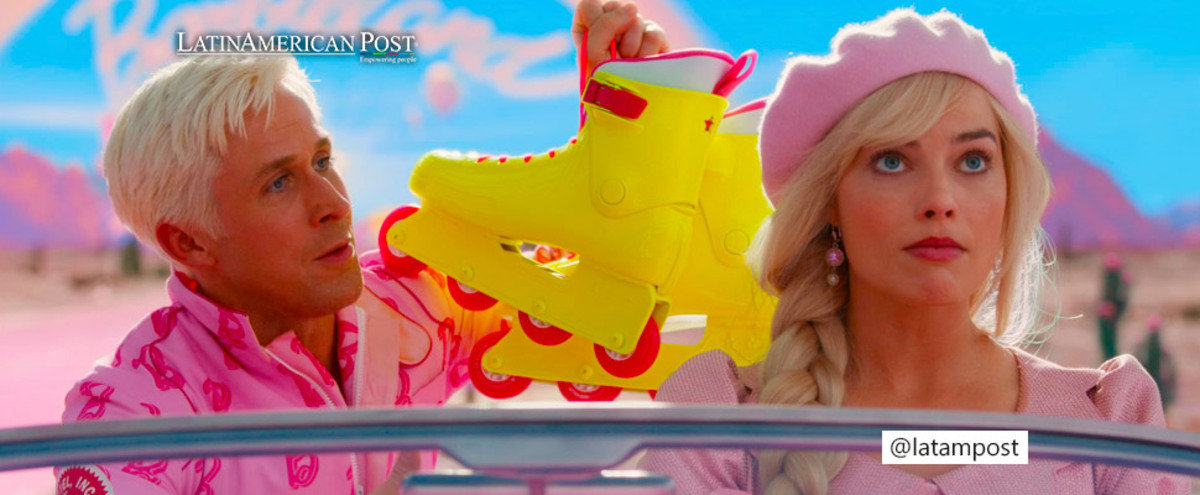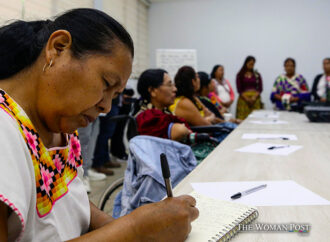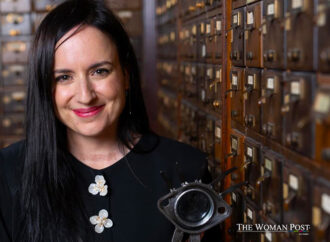On the occasion of the upcoming release of "Barbie, the movie," we tell you about the history of this doll and Barbie's influence in Latin America
On the occasion of the upcoming release of "Barbie, the movie," we tell you about the history of this doll and Barbie's influence in Latin America.
"Barbie, the Movie" has caught the attention of people of all generations and has spotlighted the iconic doll. The Mattel toy has lost some popularity it has enjoyed for several decades since its launch in 1959. Many women's upbringing and part of their view of the world is based on some of the messages left by this doll in their childhood, but how does this influence look today in Latin America?
Read more content like this at: thewomanpost.com
Barbie Origins
Barbie Millicent Roberts, better known as Barbie, was created by Ruth Handler. Ruth was inspired by German dolls to create the first Barbie doll and revolutionized how the feminine ideal was conceived. The co-founder of Mattel created a doll that not only looks perfect but breaks with the idea that the perfect woman is a perfect housewife.
When this legend was born, girls played with toy babies, reinforcing one of the few roles that women had in society: being a mother. The arrival of Barbie opened a thousand doors for girls at that time. The doll came with a clear message to the women of the world: they could be beautiful, have a career, and still be perfect.
As time passed, Barbie accumulated professions, "be whatever you want to be" is a message that summed up this doll's whole life. Lawyer, astronaut, teacher, model, pilot, no career was a problem for Barbie. This idea was implanted in the heads of thousands of girls, who began to dream of having lives different from those of their grandmothers. In many cases, motherhood and being a housewife took a back seat, and girls began to dream of professions reserved for men.
Also read: "Barbie" the Movie: Feminism or Marketing?
Changes Needed for Barbie
Before the rise of the Body Positive movement, Barbie underwent some modifications over the decades. Her body reflected the ideal of the time, but she always maintained a slender and unrealistic shape for the body of many women, especially Latinas. Although some features, such as hair color and facial characteristics, tried to include other types of women, more was needed.
You can also read Who Is The Model That Inspired The New Barbie With Down Syndrome?
Mattel's doll focused on generating more careers and then went on to compete with dolls such as the Bratz. Lines of Barbie began to appear, such as the Color Reveal, which, far from attacking the fundamental problem of Barbie's fall in popularity, perpetuated it. This toy's negative influence on women's self-esteem by idealizing dangerous beauty standards, such as extreme thinness, began to be discussed.
By 2016, Mattel decided to listen to the critics and launched a collection with different sizes that considered the existence of different body shapes and skin tones. Some of the marketing decisions made for this collection were not the best, but it was the beginning of a more profound change for the brand, which always sought to represent the ideal of the perfect woman of each era.
Barbie 2023: The Arrival of Inclusion
In Latin American countries, the feminist movement is the protagonist of many important social events. This influences how women live and perceive the world from their individuality. If men were the protagonists of history many years ago, today, women are becoming a central character in society. They are beginning to have a real voice and to be heard.
Throughout its history, the doll marked a break from the role of housewife and mother to open up new possibilities to build an individual path from the objectives of each woman. Criticism of the doll was necessary to understand the hegemonic models, how far away many women are from them, the health problems they can generate by being aspirational, and the need for diverse representation in toys and films.
As mentioned in PuroMarketing, people want toys that look like them and reflect their world. Barbie seemed somewhat frozen in the ideals of her birth," and women's social and personal dynamics had already changed diametrically. This is why Mattel made marketing decisions to be more in tune with the new generations.
She included more diverse dolls in her collection in terms of ethnicity and other aspects that are very important for modern women. A clear example of Barbie's inclusive discourse is the appearance of a doll with Down's syndrome. In addition, professions such as web developer were included, with which Barbie aims to update herself to new technologies.
"Barbie the Movie" may be a crucial part of the growing interest in the toy. Mattel has made great efforts to increase its online presence and appeal to girls and women who grew up with Barbie's influence. The doll's new message is more aligned with the issues facing women today, and a new dynamic is developing between Barbie and girls who are beginning to experience the world.
























Leave a Comment
Your email address will not be published. Required fields are marked with *